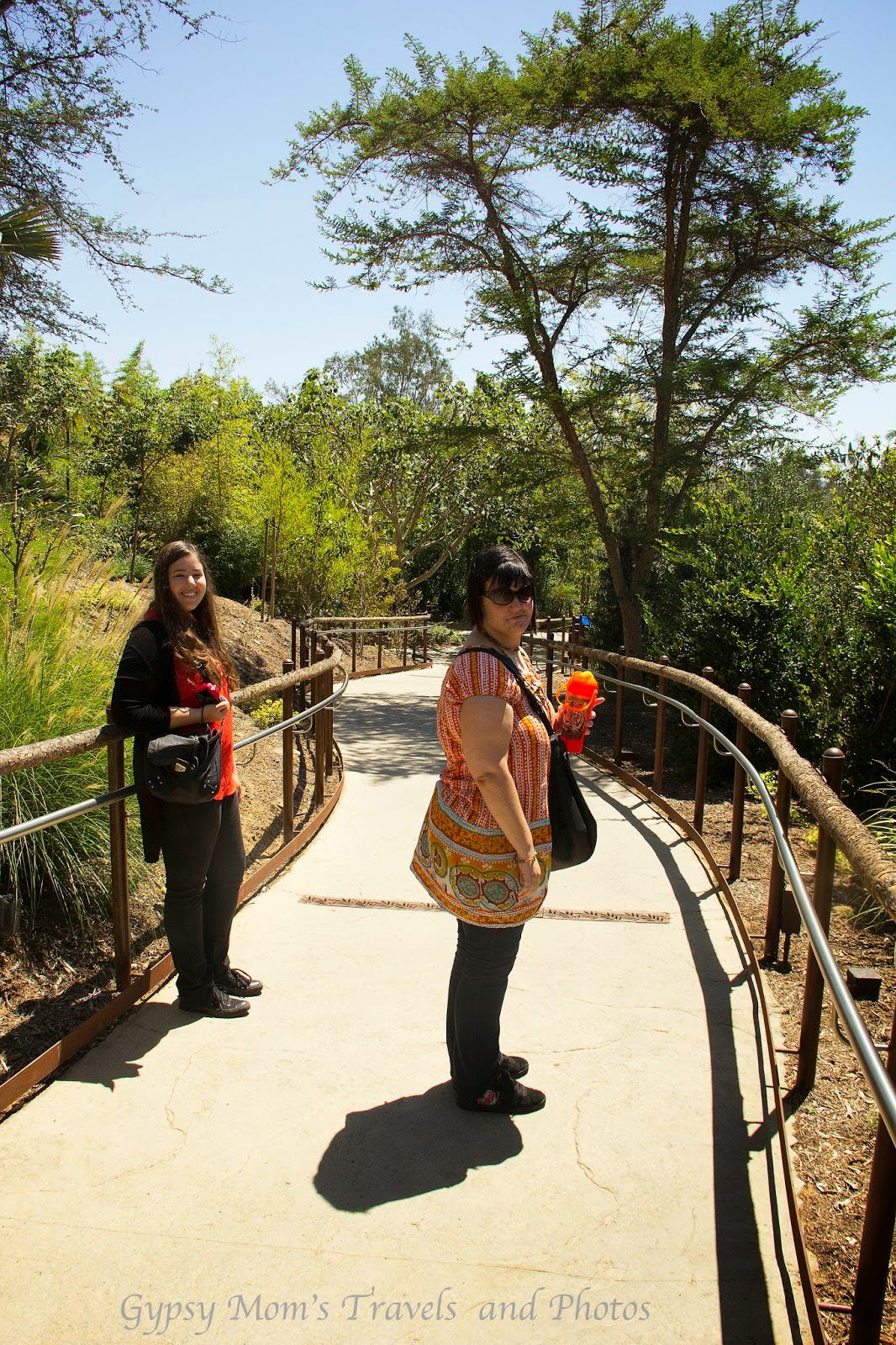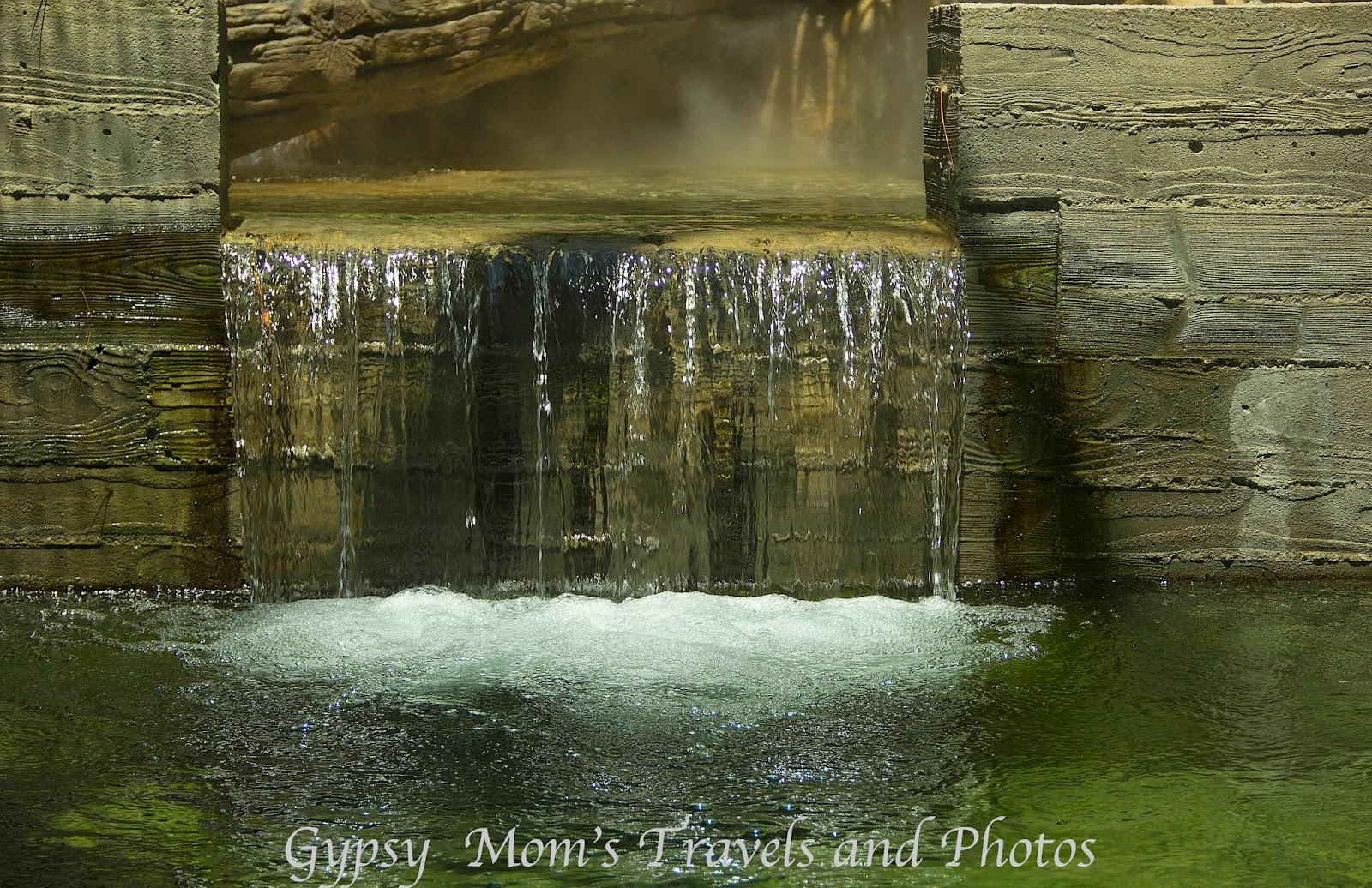The San Diego Zoo Safari Park, which is also known as the San Diego Wild Animal Park until 2010 is an 1800 acre zoo in the San Pasqual Valley area of San Diego, CA near Escondido. The park houses a large array of wild and endangered animals including species from the continents of Africa, Asia, Europe, North and South American, and Australia. This is not your typical zoo. The park is in a semi-arid environment, and one of the most notable features is the Africa Tram, which explores the expansive African exhibits. The free-range enclosures house such animals as antelopes, giraffes, buffalo, cranes and rhinoceros.
The park is also noted for its California condor breeding program, which is the most successful such program in the United States. The park houses over 2600 animals that represent more than 300 species, as well as 3500 plant species. There is a quarantine center at the park for zoo animals imported into the United States through San Diego. The park has the world's largest veterinary hospital and next door is the Institute for Conservation Research which holds the park's Frozen Zoo.
The San Diego Zoological Society became interested in developing the Wild Animal Park in 1964. The idea of the park began as a supplementary breeding facility for the San diego Zoo, which would allow ample space for large animals. In 1964, the park was assessed financially and then moved onto the next phase; this resulted in three alternative developments. There was an idea for a conservation farm, a game preserve, and a natural environment zoo.The natural environment zoo development was chosen over the conservation farm and game preserve. This was the most expensive option at the cost of $1,755,430.
The main purposes of this park were to be species conservation, breeding of animals for the San Diego Zoo, as well as other zoos and providing areas where zoo animals could be conditioned.
The original opening day of the park was to be April 1, 1972; however, the gates did not open until May 10, 1972. The layout of the park was designed by Charles Faust, which included a large lagoon with a jungle plaza, an African fishing village, an aviary at the entrance of the park and approximately 50,000 plants were to be included in the landscaping. The park was scheduled to open within three years of the original groundbreaking and the total development of the park was to take approximately 10 years. The first two animals to arrive were an antelope from the plains of North India and a zebra, which was native to East Africa.
In the summer of 2003, the San Diego Zoological Society and Lowry Park Zoo captured 11 wild African elephants from the Hlane Royal National Park in Swaziland. The zoos claimed that the elephants were scheduled to be killed due to overpopulation; however the Save Wild Elephants Coalition disputed this, reporting that there were three other sanctuaries in Africa that had offered to take the elephants. Seven of the elephants are now at the Safari Park and altogether have produced 13 babies as of 2013. In March 2012, five elephants were moved to the Reid Zoo in Tucsion, AZ to form a new herd. In return, the Safari Park received two cow elephants that had been together for years. One of the elephants died from cancer in July, 2012 and the other was introduced into the herd in February, 2013.

















No comments:
Post a Comment